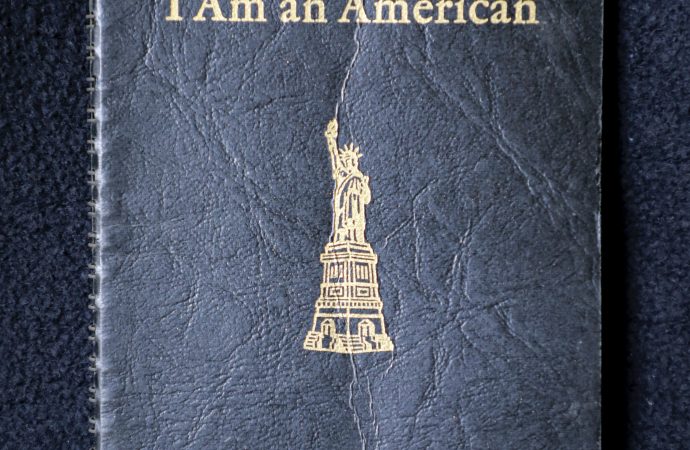The American coming-of-age novel is a literary genre that has captured the hearts and minds of readers for generations. These novels often depict the challenges and struggles of young people as they navigate the difficult path from childhood to adulthood. From Huck Finn to Holden Caulfield, some of the most beloved and enduring characters in
The American coming-of-age novel is a literary genre that has captured the hearts and minds of readers for generations. These novels often depict the challenges and struggles of young people as they navigate the difficult path from childhood to adulthood. From Huck Finn to Holden Caulfield, some of the most beloved and enduring characters in American literature have come from this genre.
One of the earliest and most well-known examples of the American coming-of-age novel is Mark Twain’s “The Adventures of Huckleberry Finn.” Published in 1884, the novel follows the journey of young Huck Finn as he escapes his abusive father and sets out on a raft down the Mississippi River. Along the way, he befriends Jim, a runaway slave, and the two embark on a series of adventures that force Huck to confront his own morality and question the world around him.
Another iconic coming-of-age novel is J.D. Salinger’s “The Catcher in the Rye,” published in 1951. The novel follows Holden Caulfield, a disaffected teenager who has been expelled from his prep school and is spending a few days wandering around New York City before returning home. Through Holden’s experiences and encounters with various people, including his sister and a prostitute, the novel explores themes of alienation, disillusionment, and the search for authenticity.
Other notable examples of the American coming-of-age novel include “To Kill a Mockingbird” by Harper Lee, “The Outsiders” by S.E. Hinton, and “The Perks of Being a Wallflower” by Stephen Chbosky. Each of these novels explores the challenges and complexities of growing up in different ways, from the racial tensions of the Deep South in “To Kill a Mockingbird” to the struggles of a group of working-class teens in “The Outsiders.”
What makes the American coming-of-age novel such a powerful and enduring genre is its ability to capture the universal experiences of growing up, while also reflecting the specific cultural and historical contexts in which these experiences occur. These novels often tackle difficult and controversial topics, from racism and classism to sexuality and mental health, and offer readers a chance to engage with these issues in a meaningful way.
But the coming-of-age novel is not without its critics. Some argue that the genre is too focused on the experiences of white, middle-class protagonists, and that it fails to adequately represent the diversity of American experiences. Others point to the fact that the genre is often dismissed as “young adult” fiction, despite its ability to resonate with readers of all ages.
Despite these criticisms, the American coming-of-age novel remains a vital and beloved part of the literary landscape. Its ability to capture the complexities and challenges of growing up, while also reflecting the cultural and historical contexts in which these experiences occur, makes it a genre that is both timeless and endlessly relevant. From Huck Finn to Holden Caulfield, these characters have captured the hearts and imaginations of readers for generations, and their stories continue to resonate with us today.

















Leave a Comment
Your email address will not be published. Required fields are marked with *